
1
The master must support the functions required by the slaves
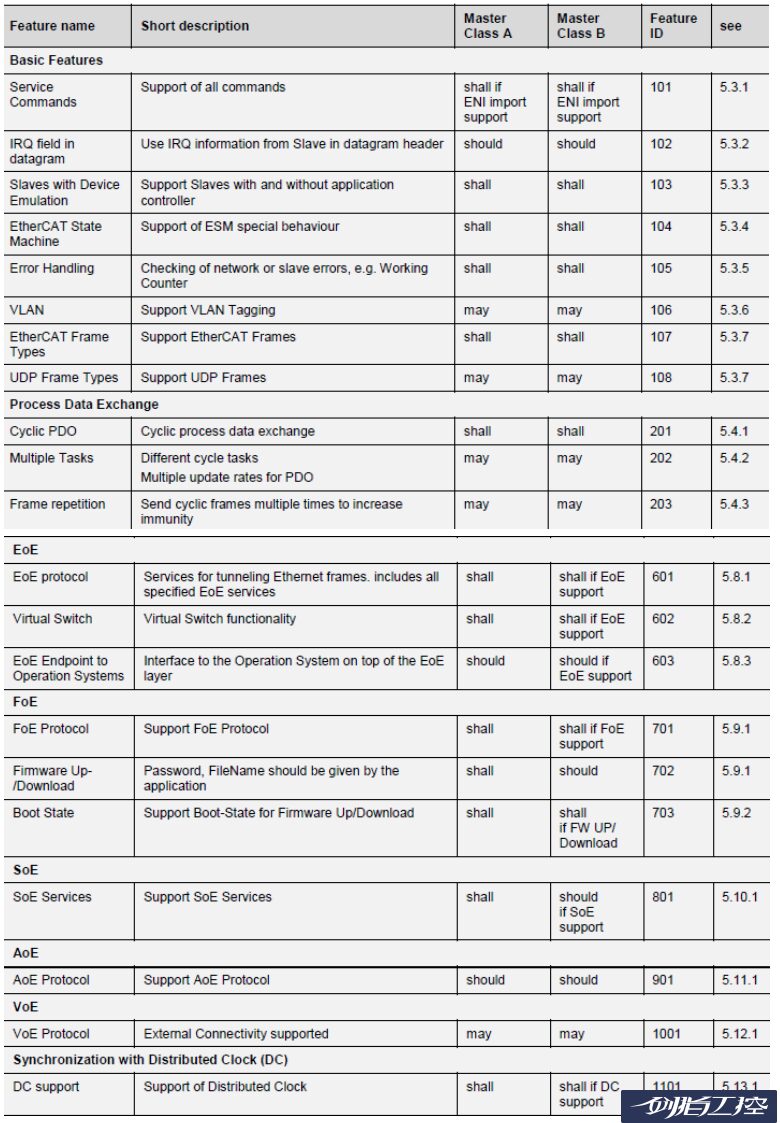
2
Consistency requirements for slaves
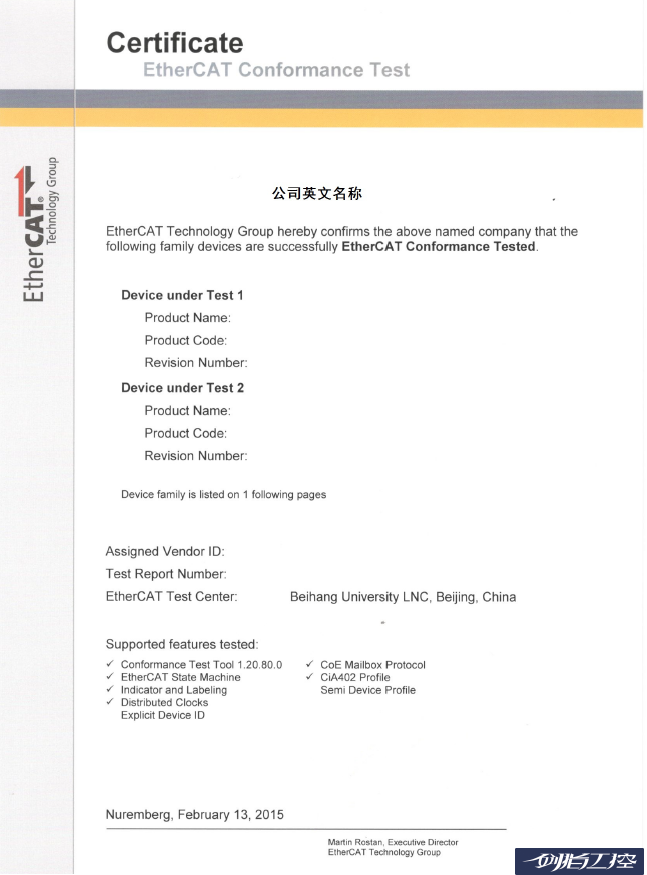

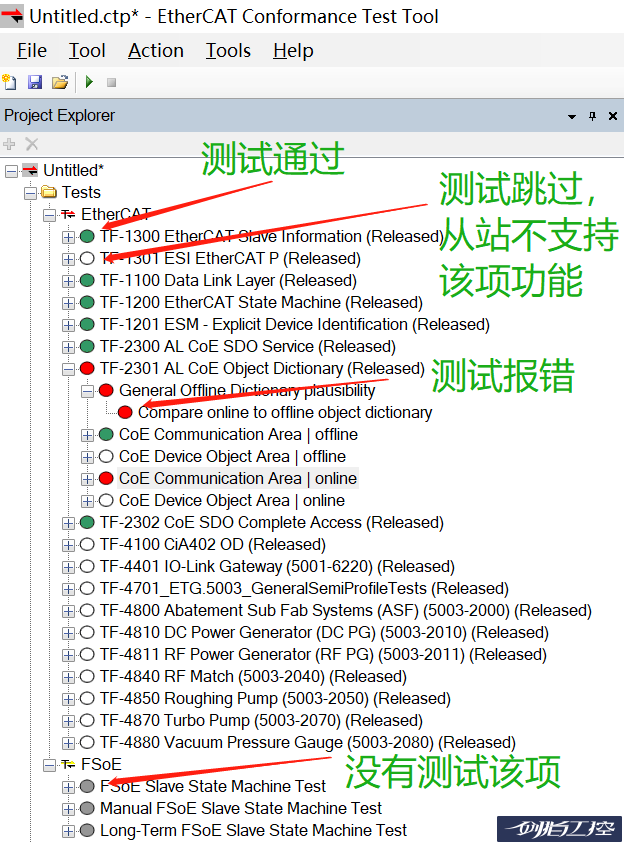
For any system integration, it is clear that choosing products from the same brand for integration poses the lowest risk and higher reliability, as at least the manufacturer of that brand will be responsible for all systems that encounter issues.
However, sometimes due to cost requirements or incomplete product lines offered by a certain brand, it is necessary to procure products from different brands for system integration, in which case the risk will be borne by the system integrator or machine manufacturer. For Ethernet fieldbuses, because EtherCAT has high performance and flexibility advantages, along with complete openness, more device manufacturers support it.
Therefore, when different brand products are integrated into the same EtherCAT system and communication failures occur, system integrators or machine manufacturers should follow the two steps mentioned above for troubleshooting: first confirm the master functions and slave consistency issues, and then proceed to other checks.

Featured Articles

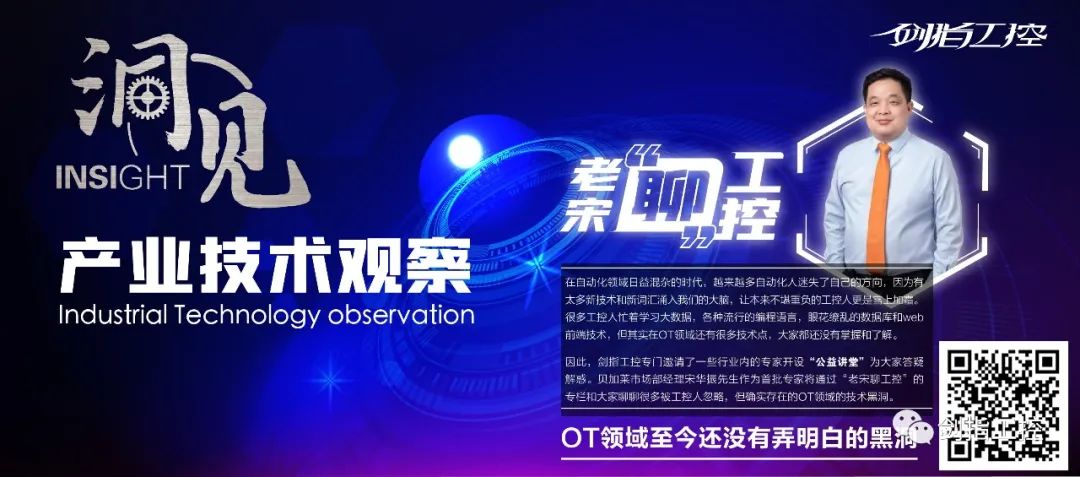
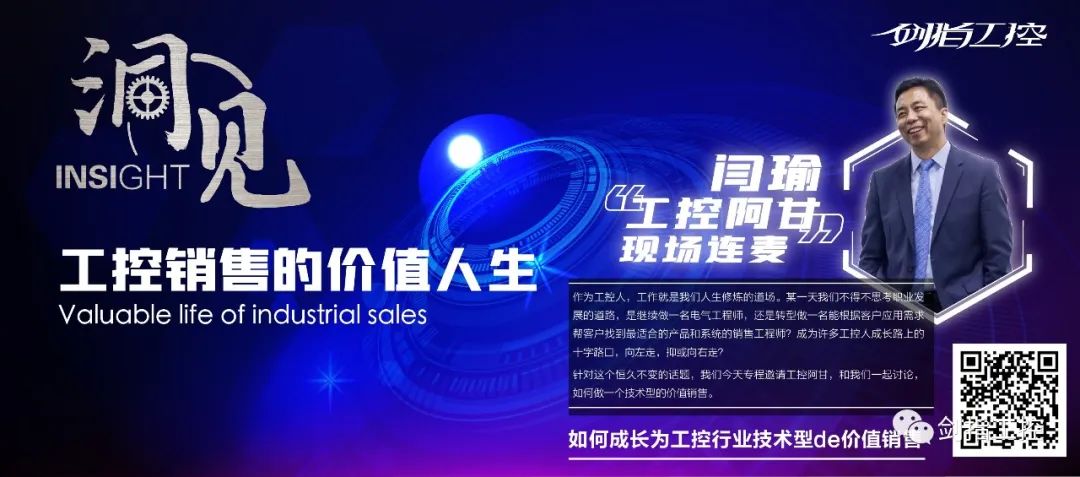
1.Smart200&V90 Servo System:15 lessons updated
2.B&R Live Courses: 30 lessons updated
3.PKS Quick Start: Beginner & Intermediate – Complete
